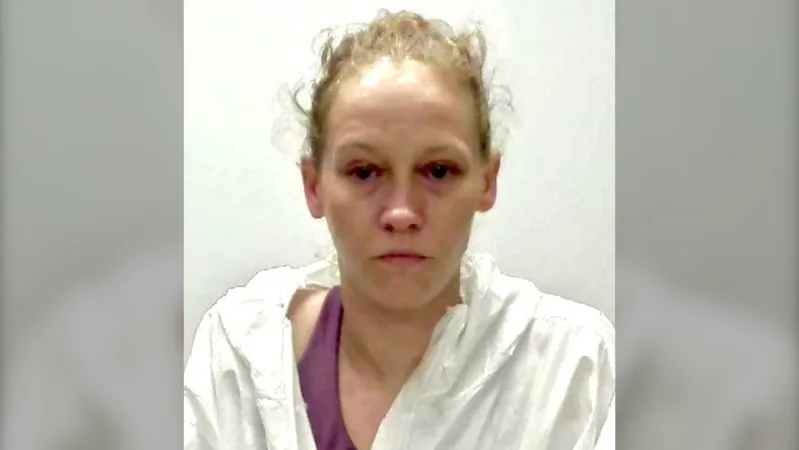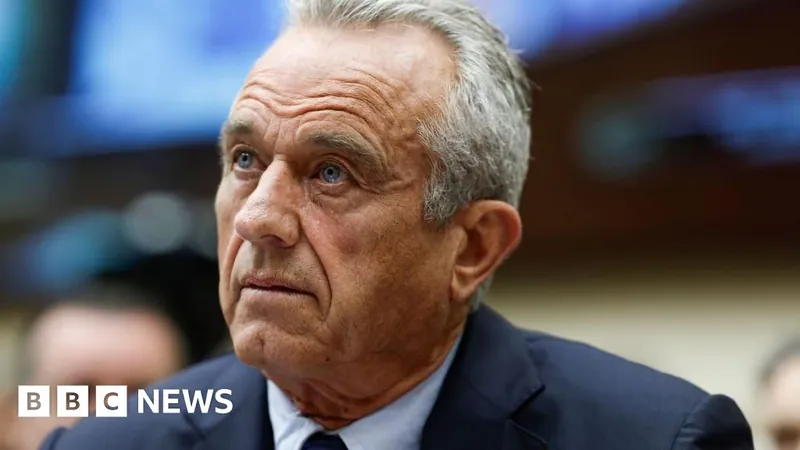
Tragic Death of Alberta Boxer Sparks Urgent Call for Stricter Regulations in Combat Sports
2024-11-05
Author: Sophie
Tragic Death of Alberta Boxer Sparks Urgent Call for Stricter Regulations in Combat Sports
In a deeply concerning turn of events in the world of boxing, a fatality inquiry has shed light on the critical need for improved oversight and regulations in the sport following the tragic knockout death of Alberta boxer Timothy Hague.
Nicknamed “The Thrashing Machine,” the 34-year-old former kindergarten teacher was knocked unconscious during a licensed match in June 2017 against Adam Braidwood. Despite regaining consciousness and initially appearing stable, Hague suffered a severe brain injury after vomiting and ultimately lost consciousness again. He was rushed to the hospital and underwent surgery for a large brain bleed but sadly succumbed to his injuries two days later.
The inquiry led by Justice Carrie Sharpe aimed not to assign blame but to identify preventative measures to avert similar tragedies in the future. In her recently published report, Justice Sharpe put forth 14 key recommendations, including the establishment of a centralized provincial authority to regulate combat sports, replacing the current, fragmented system managed by various municipal bodies.
One of the most notable recommendations calls for detailed reporting by referees when a technical knockout is declared. Justice Sharpe insists on thorough examination of potential head injuries, requiring fighters to submit medical documentation, such as MRI or CT scans, certifying their fitness to compete. This is especially crucial given that Hague had previously faced a suspension due to a technical knockout just two months prior to the fight that led to his death.
Moreover, the recommendations include mandatory CT scans for boxers every six months, annual training on head trauma for referees, and the presence of medically trained concussion spotters at combat events, who would have the authority to halt matches if a concussion is suspected.
Justice Sharpe also made it clear that fighters should be prohibited from returning to the ring if there are any indications of incomplete recovery from concussions. Notably, she suggested that all boxers should face a minimum suspension of 14 days between fights, which would extend to 90 days in the case of a knockout.
The inquiry found concerning evidence of chronic traumatic encephalopathy (CTE) in Hague’s autopsy, a condition that has been linked to repeated brain trauma and is prevalent in combat sports. Neurologist Dr. Mohammed Hussain, who testified in the inquiry, emphasized how repeated head injuries increase the risk of future concussions, potentially impairing a fighter’s decision-making abilities.
As the City of Edmonton reviews these critical recommendations, they have expressed their condolences to Hague’s family and friends. They are expected to release their response by March.
This tragic incident underscores the urgent need for reform in combat sports regulations to ensure the safety of athletes and prevent future tragedies. Are we witnessing a turning point in the sports world? Will these recommendations lead to safer boxing environments? Only time will tell.









 Brasil (PT)
Brasil (PT)
 Canada (EN)
Canada (EN)
 Chile (ES)
Chile (ES)
 España (ES)
España (ES)
 France (FR)
France (FR)
 Hong Kong (EN)
Hong Kong (EN)
 Italia (IT)
Italia (IT)
 日本 (JA)
日本 (JA)
 Magyarország (HU)
Magyarország (HU)
 Norge (NO)
Norge (NO)
 Polska (PL)
Polska (PL)
 Schweiz (DE)
Schweiz (DE)
 Singapore (EN)
Singapore (EN)
 Sverige (SV)
Sverige (SV)
 Suomi (FI)
Suomi (FI)
 Türkiye (TR)
Türkiye (TR)